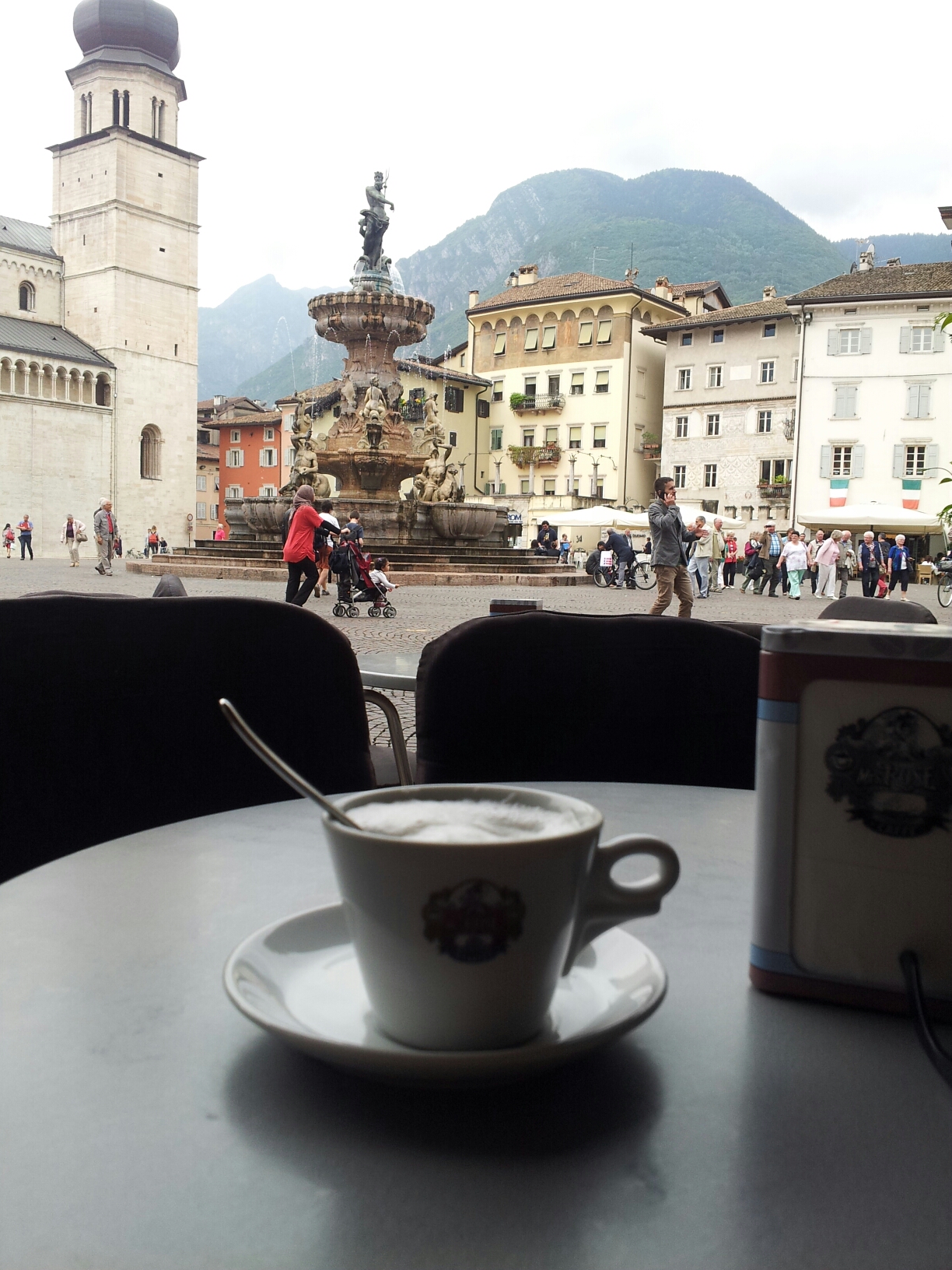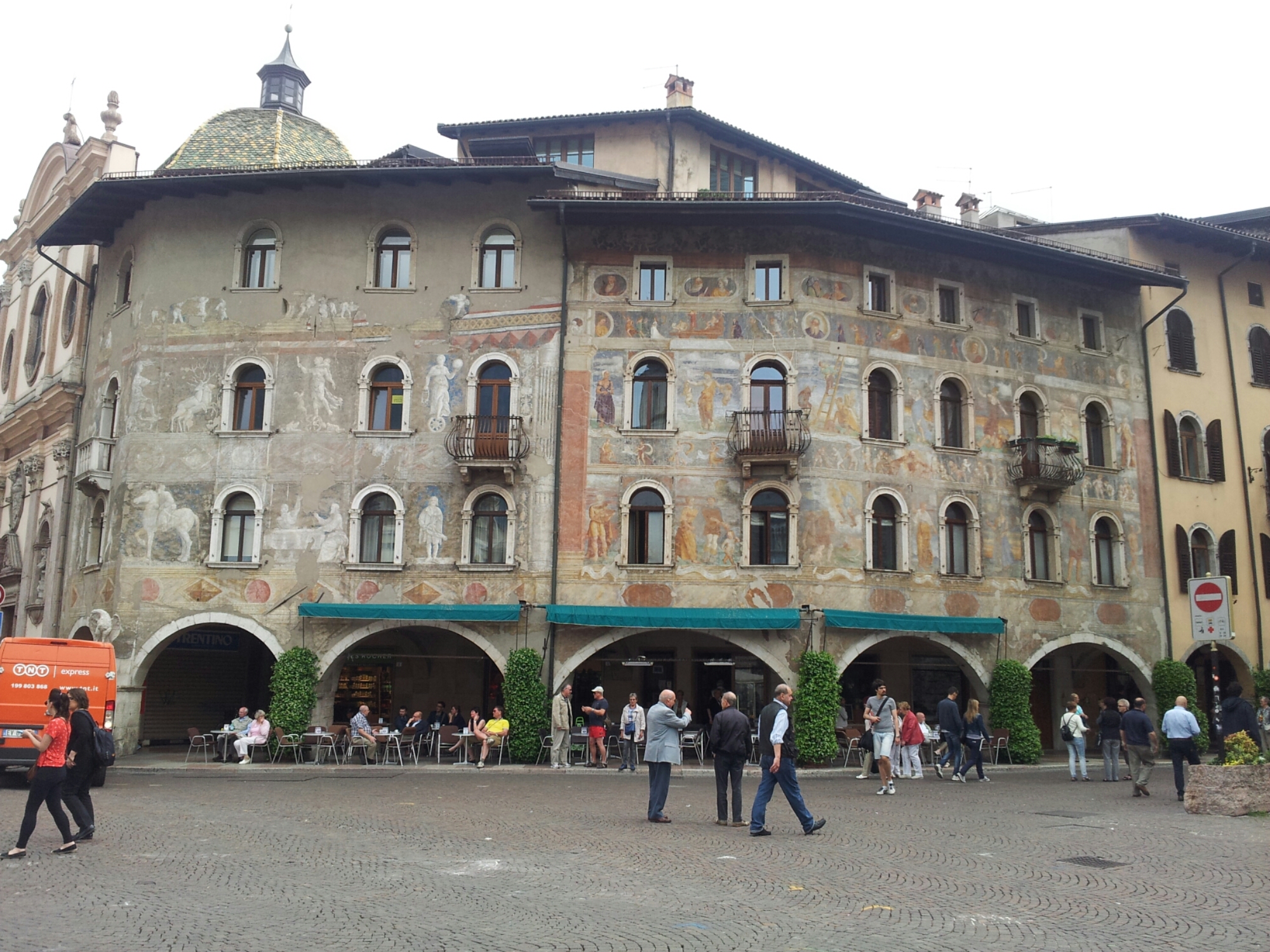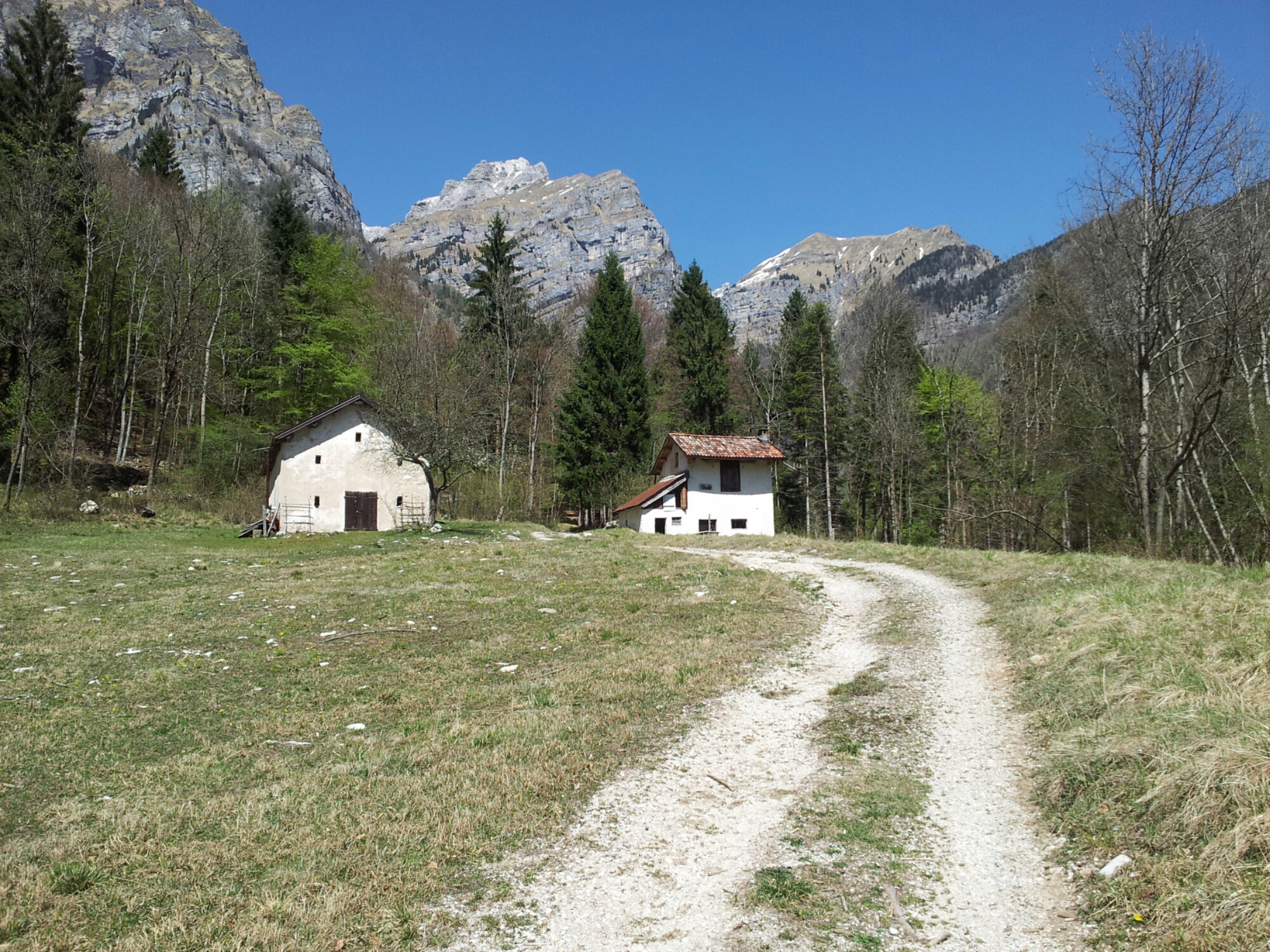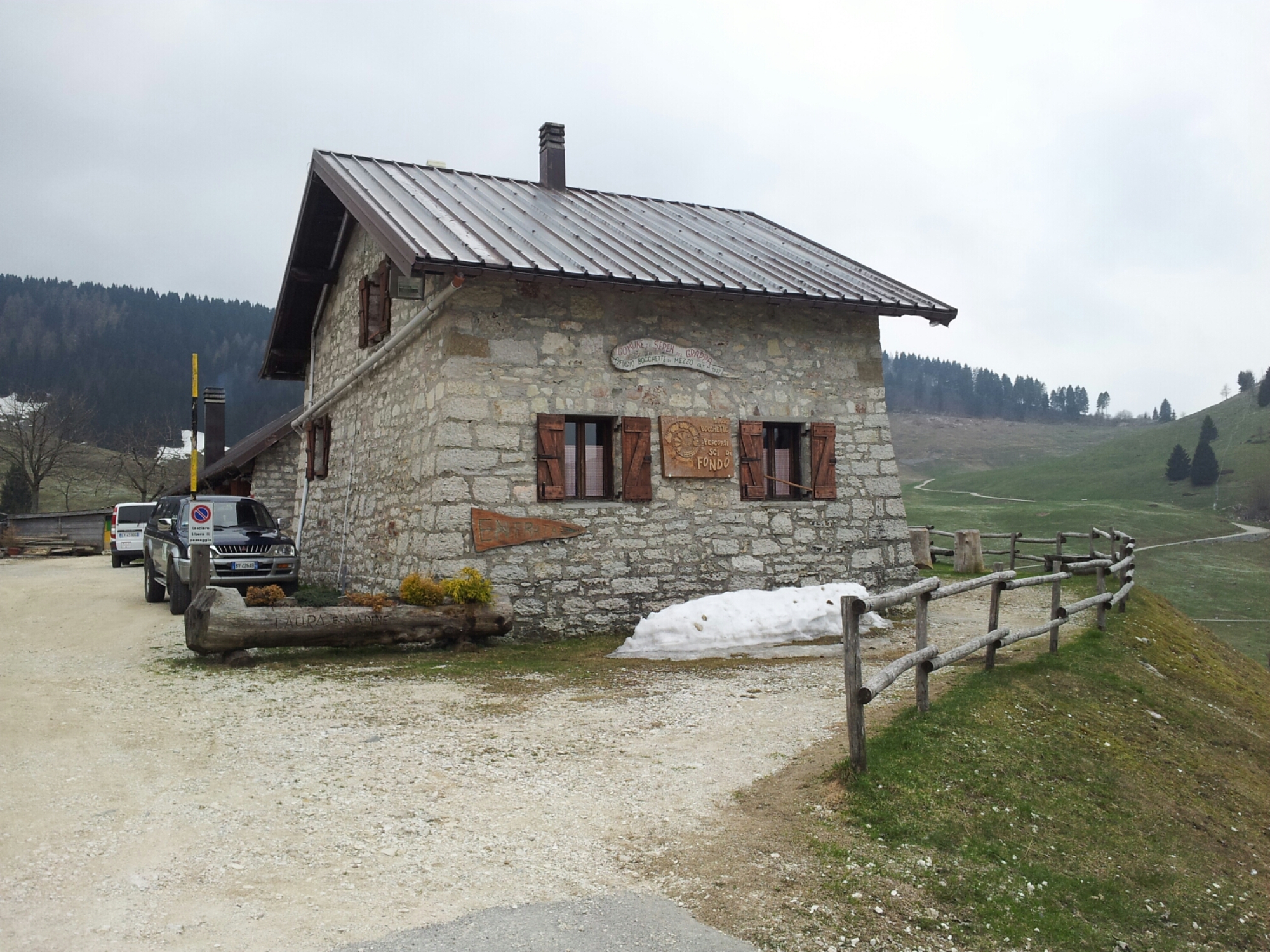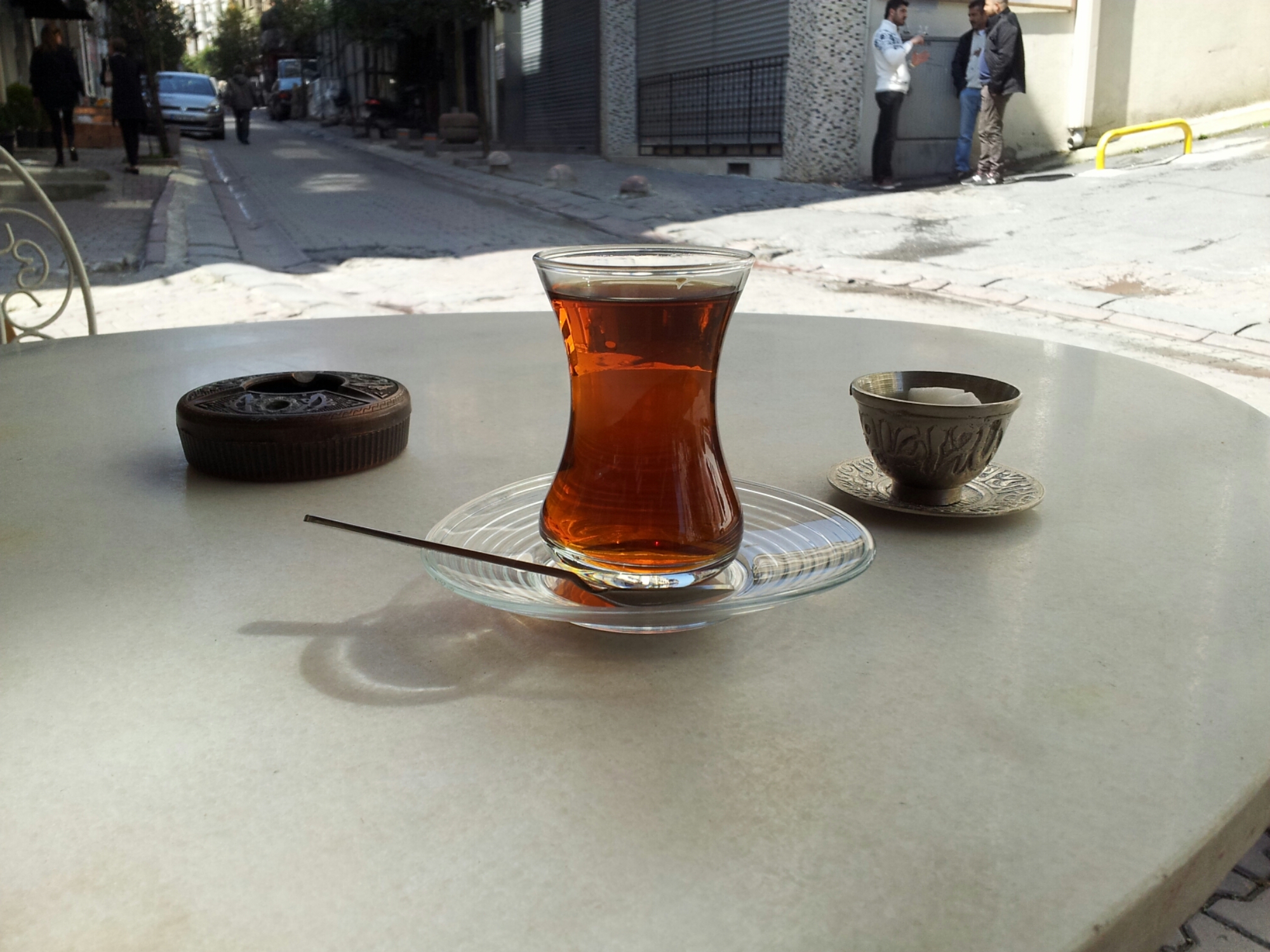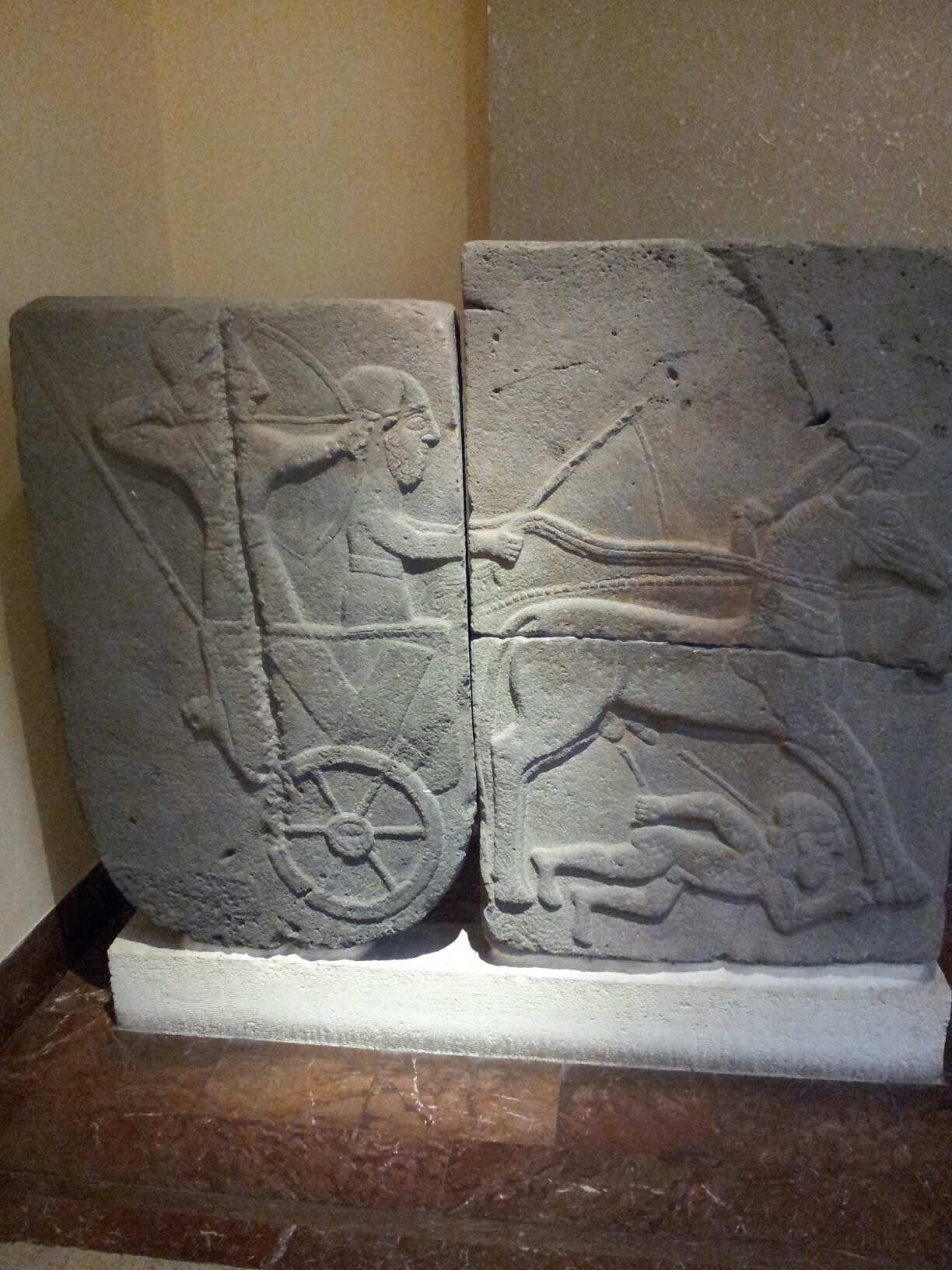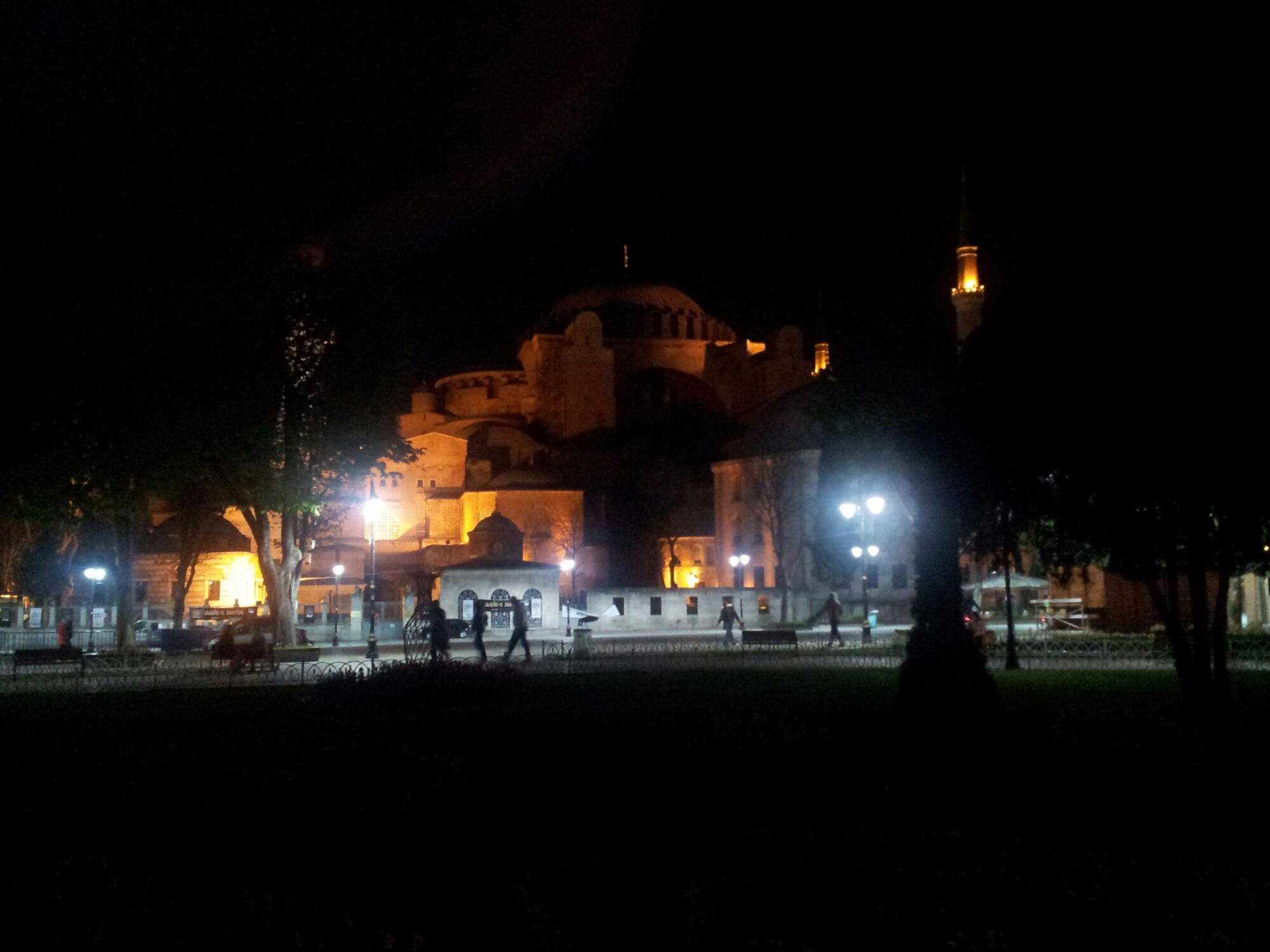My plan for Italy was to spend a week hiking the Dolomites, then two weeks kayaking from Venice to Trieste – if the weather was good. It wasn’t. I waited on Isola Lido near Venice for three days to launch my kayak but the weather remained cool and drizzly.

So I put my kayak in storage and went hiking in Cinque Terre instead. Cinque Terre is on the Ligurian Coast near Genoa. There are small villages built into the cliffs overlooking the Mediterranean every few miles and hiking trails that link the villages. It is a beautiful area and a popular hiking destination so it gets pretty crowded in the spring when the weather is pleasant. But except for the most popular trail along the coast from Monterosso to Vernazza you can usually hike all day and see few hikers until you reach a village.
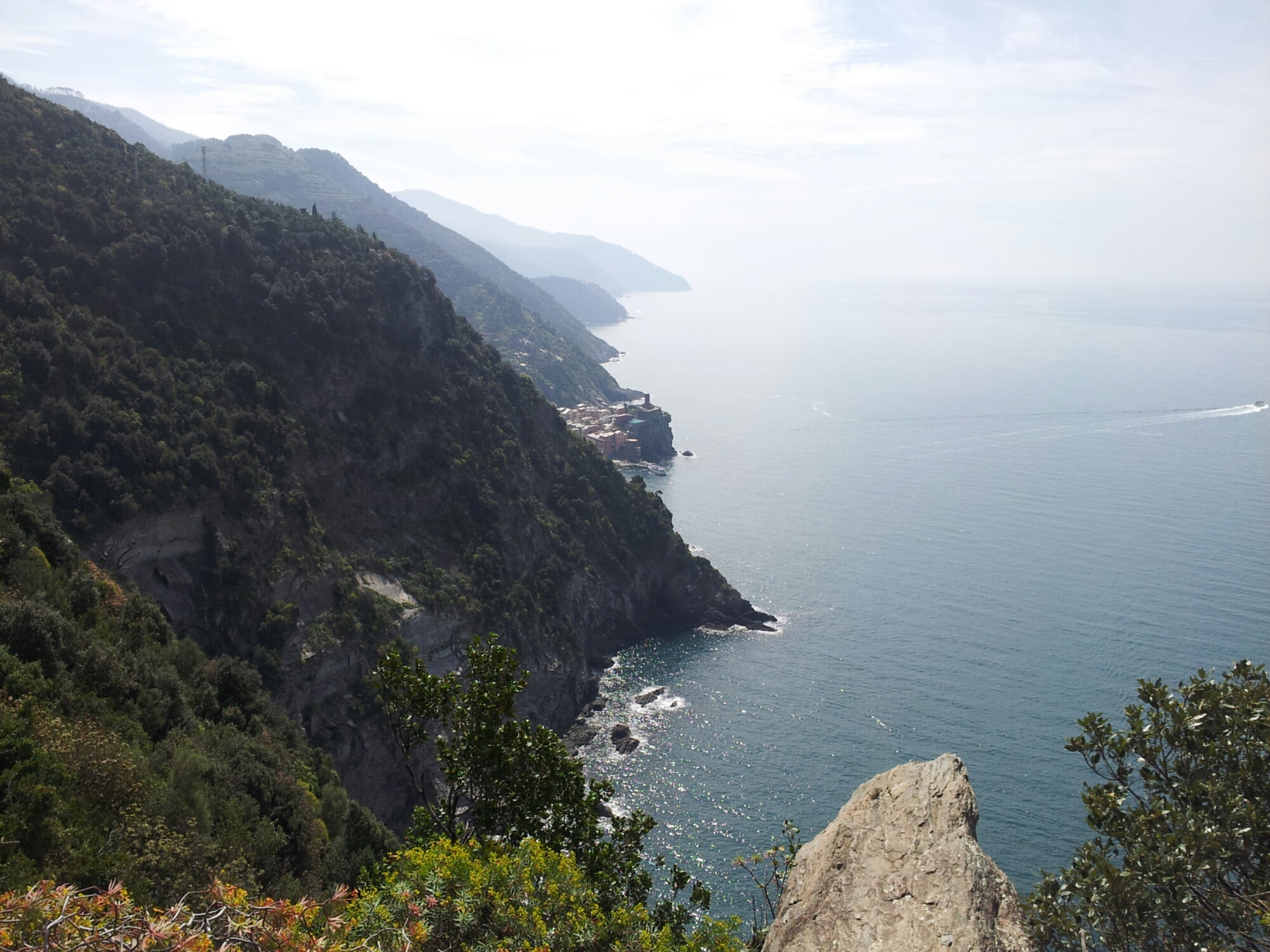
The trails are steep, often climbing from the coastal villages for an hour or two and then traversing the top of the cliffs before descending to the next village. Along the trails are olive groves and lemon orchards and vinyards that are only accessible on foot. Then as you descend towards the sea you catch glimpses of the village you are approaching clinging to the cliffs. Once you’ve reached the village it’s time for a tasty Italian lunch – the seafood in Cinque Terre is outstanding.
One day I took the train to Genoa and wandered around. As one would expect in the hometown of Christopher Columbus there is a huge port with thousands of boats, everything from feluccas to mega-yachts.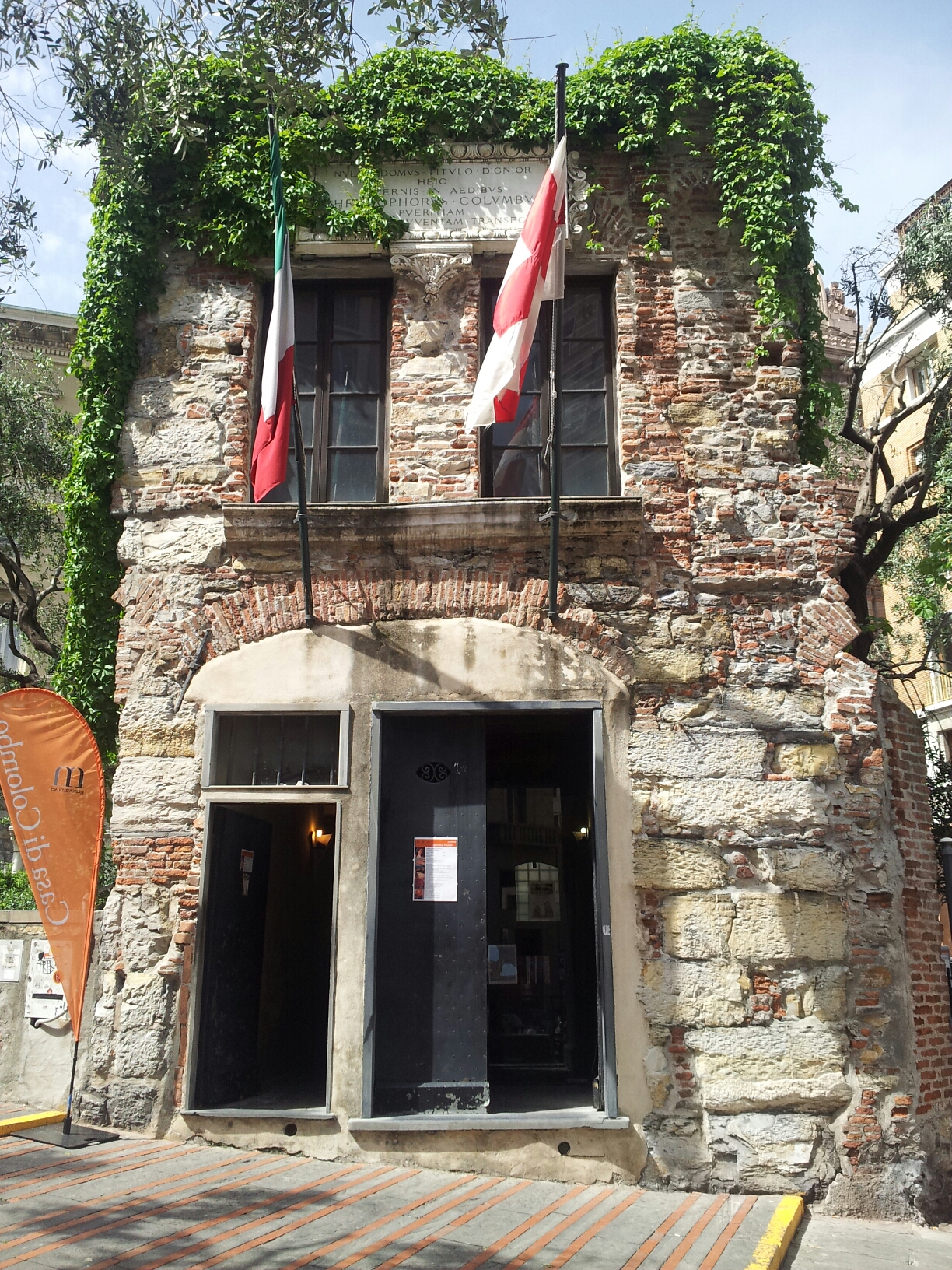
After a few days in Cinque Terre I headed to Milan for some urban hiking.

There is a really nice new neighborhood, Porta Nuova, that I liked.

Via Della Spiga and the Quadrilatero Della Moda is always a scenic hiking area.
I ended my hiking vacation in Italy with a few days in Trento.

Trento is on the western side of the Dolomites and is on the route to the Brenner Pass, so it is a bit more of a tourist destination than Feltre. The hiking was excellent, but an unexpected highlight was the train trip through the Dolomites on the way back to Venice. It was the most scenic train trip I’ve been on in many years. Some day I would like to ride a bike along this route.



